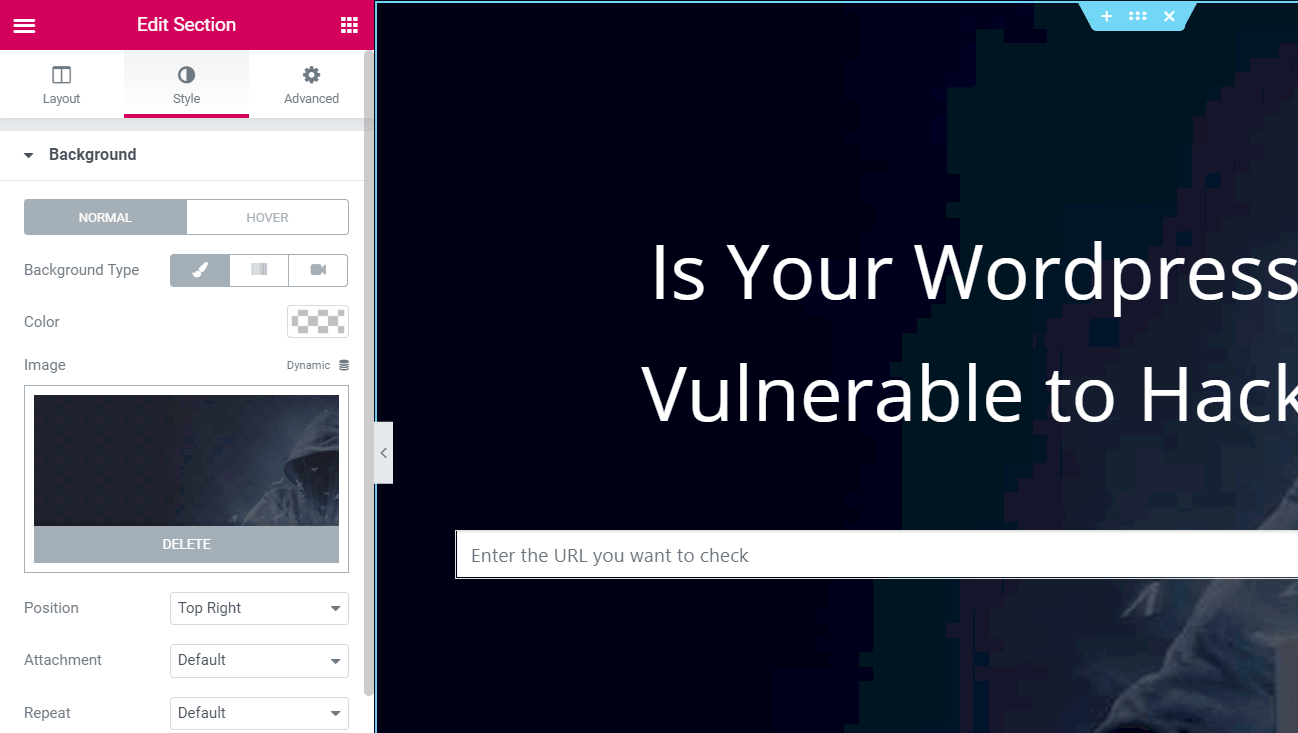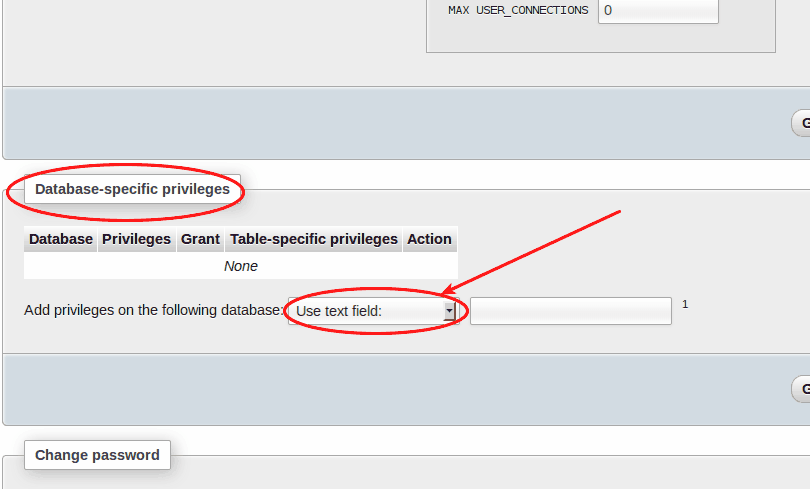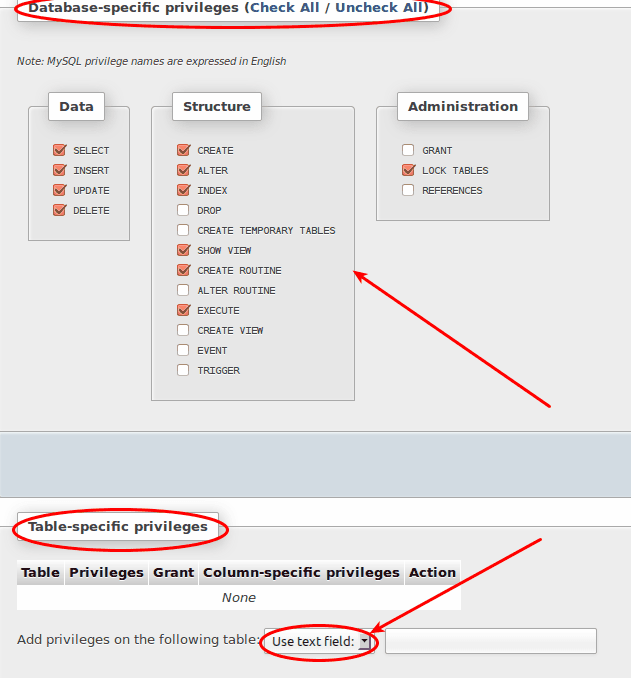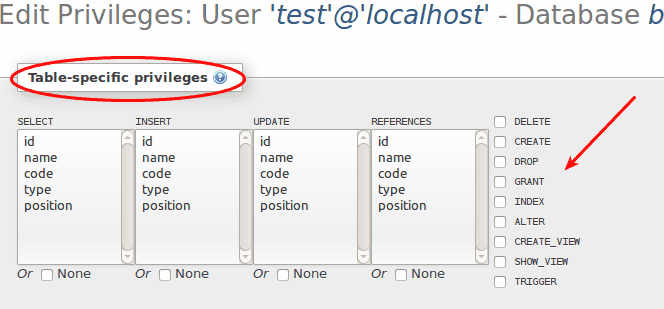Hide My WP Ghost works well with all the WordPress builders. Once you save the page, Hide My WP Ghost Plugin will know what to do to hide the on-page paths and change them with the new one.

If WPPlugins founds any security issues, it means that your WordPress CMS is easily detectable, which leaves your site exposed to hackers.
If you don’t act NOW, it’s very likely that hacker bots will manage to break into your website sooner or later. If they do, they usually remove the website content entirely and steal your database information.
The loss and recovery costs can be … oh well … you do the math.
Below you will find more details and solutions for each security breach WPPlugins may uncover for your site.
(more…)You can customize the database permission if the server allows this.
For WordPress website, you can leave only the following permissions enabled:
Follow the pictures:
2. In the “Privileges” tab which list your users click the “Edit Privileges” of the user.


Then select the database:
After that specific the privileges by checking them and then select your table as shown in the picture:

After you select your table, you can define the operations in detailed:

If you followed all the Hide My WP Ghost indications, probably it’s a .htaccess file issue.
Please check the .htaccess file and look for
# BEGIN WordPress
<IfModule mod_rewrite.c>
RewriteEngine On
RewriteBase /
RewriteRule ^index\.php$ - [L]
RewriteCond %{REQUEST_FILENAME} !-f
RewriteCond %{REQUEST_FILENAME} !-d
RewriteRule . /index.php [L]
</IfModule>
# END WordPress(more…)Please follow this tutorial step by step to set up the Hide My WP Ghost for Nginx server:


If your server is a Linux server, the main path to the nginx.conf file is /etc/nginx/nginx.conf (or /etc/nginx/conf/nginx.conf if you’re using Arch Linux). If the server is a Windows server your nginx.conf file will be located at C:/nginx/conf/nginx.conf)
If your nginx doesn’t have sites-enabled option activated (check for sites-enabled subdirectory in the same directory with nginx.conf file), you will find the server configuration in nginx.conf file like in the below example:
server {
server_name [your domain name];
root [path to the website root];
index index.php;
location / {
try_files $uri $uri/ /index.php?$args;
}
}(more…)Step1: Install, Setup Hide My WP Ghost Plugin and click the Save button with the new paths.
Step2: Copy the rewrite rules from Hide My WP Ghost into Bitnamy config file
Bitnami uses “htaccess.conf” files by default instead of “.htaccess” files for security and performance reasons. You can find more info at https://docs.bitnami.com/general/apps/redmine/administration/use-htaccess/
(more…)Setting Hide My Wp Ghost on a Nginx server it’s pretty easy.
Nginx stores its configuration files in the “/etc/nginx” directory.
Inside of this directory, you will find a few directories and various modular configuration files:
cd /etc/nginx ls -F(more…)
If you want to create a login based website and you need to redirect all your visitors to login page, please add this code in your theme’s functions.php file.
(more…)